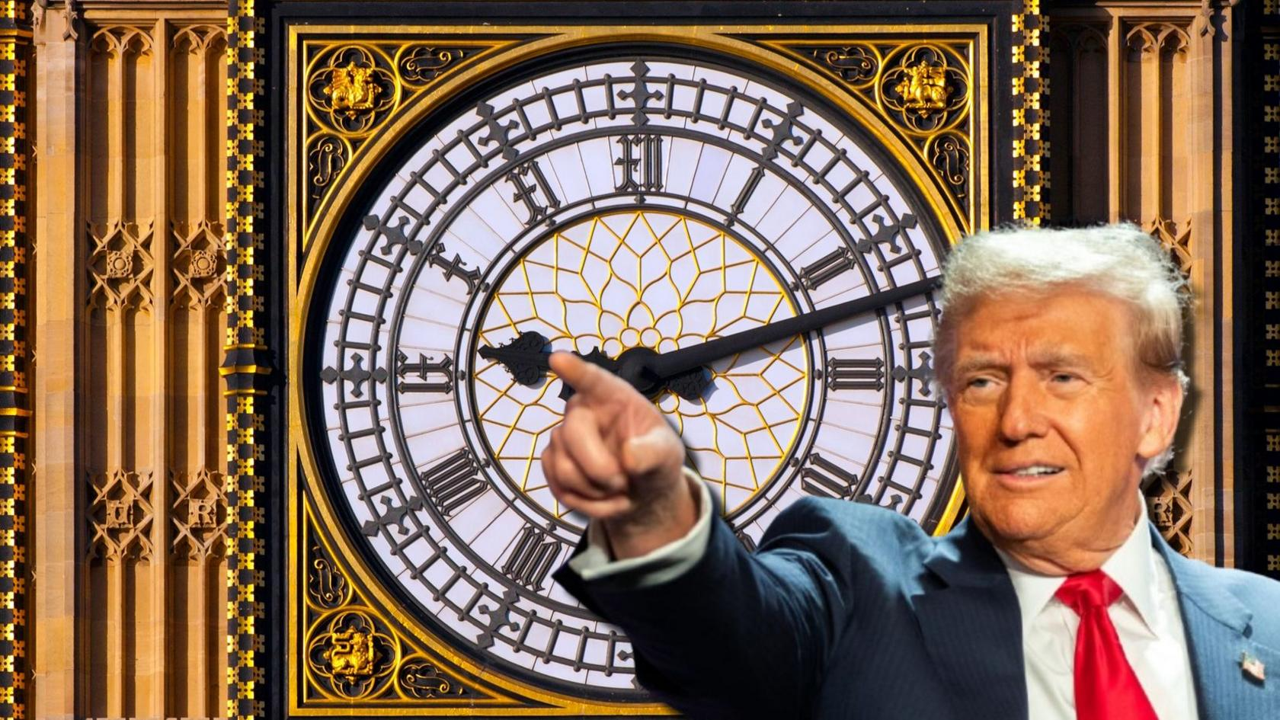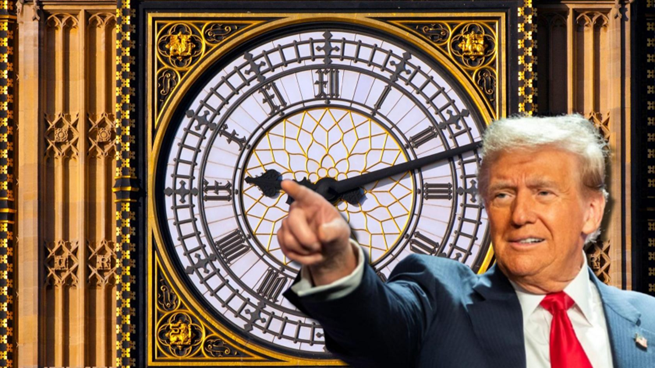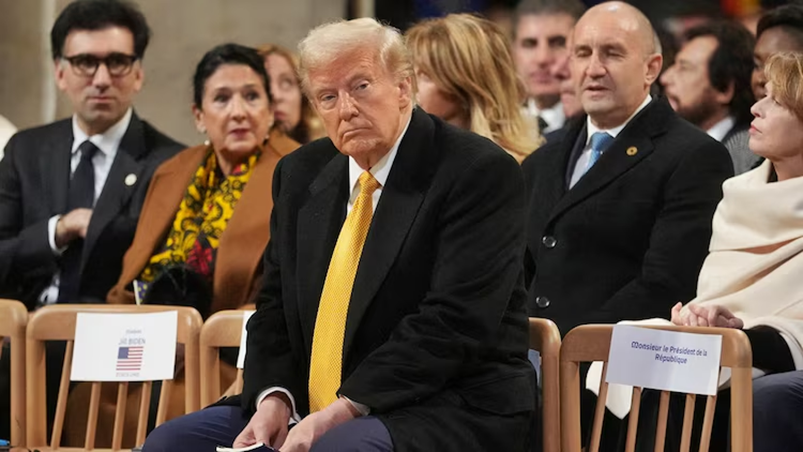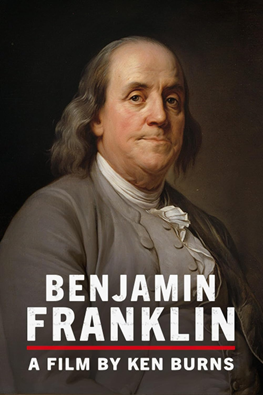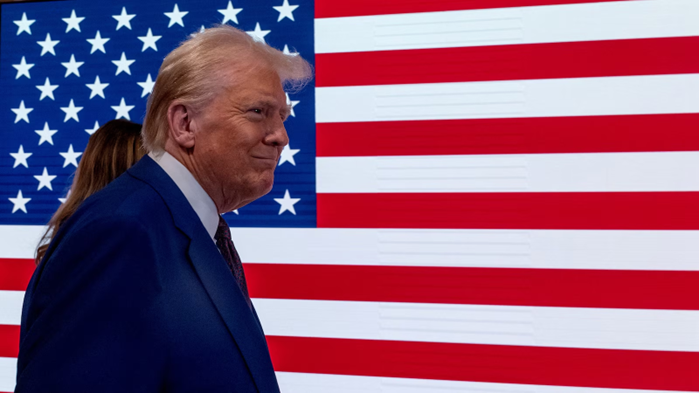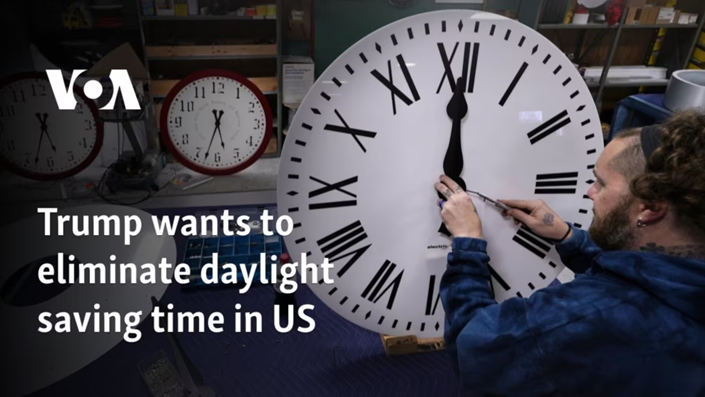US President-elect Donald Trump announced that the Republican Party would make efforts to eliminate daylight saving time, calling it “inconvenient and very costly to our nation.” “The Republican Party will work hard to end daylight saving time,” Trump shared on social media. “It has a small but vocal support base, but it shouldn’t! It’s inconvenient and costly for America.” In March 2022, the US senate voted unanimously to make daylight saving time permanent but the effort stalled in the House after lawmakers said they could not reach consensus.
What Is Daylight Saving Time ? Donald Trump Wants To End
Why In News
- US President-elect Donald Trump announced that the Republican Party would make efforts to eliminate daylight saving time, calling it “inconvenient and very costly to our nation.”
- “The Republican Party will work hard to end daylight saving time,” Trump shared on social media. “It has a small but vocal support base, but it shouldn’t! It’s inconvenient and costly for America.” In March 2022, the US senate voted unanimously to make daylight saving time permanent but the effort stalled in the House after lawmakers said they could not reach consensus.
What Is Daylight Saving Time?
- Daylight Saving Time (DST) is a practice that involves setting clocks forward by one hour during the warmer months to extend evening daylight.
- Typically, clocks are advanced in spring and reverted in autumn, allowing people to enjoy more daylight after work.
History Of Daylight Saving Time
- DST has a long history, with its origins tracing back over a century. The idea first emerged in the 18th century from Benjamin Franklin, who noted that waking up earlier allowed him to save on energy costs.
- The concept gained traction in the late 19th century, with New Zealand’s George Bernard Hudson and the UK’s William Willett proposing ideas for changing the clocks to extend daylight hours.
- However, DST’s first major adoption occurred during World War I as a way to conserve fuel. Initially unpopular, it was repealed after the war but revived during World War II. DST was made permanent in 1966 with the passage of the Uniform Time Act, though states were allowed to opt out. Today, most states in the U.S. observe DST, though Hawaii and Arizona do not, citing their unique climates and geography.
The Good And Bad Of Daylight Saving Time
- Critics of DST point out that while the original intent was to save energy by reducing reliance on artificial lighting, studies have shown mixed results regarding its effectiveness.
- Some research suggests that any energy savings are minimal and may be offset by increased energy use for heating and cooling.
- The economic implications of DST are significant. Proponents argue that longer daylight hours encourage outdoor activities, boosting local economies through increased patronage at restaurants, retail stores, and recreational facilities.
- For instance, extended daylight can lead to higher sales in the evening hours when people are more likely to engage in leisure activities after work. Moreover, the shift in time can have effects on public safety. Studies indicate that more daylight during evening hours may reduce traffic accidents and crime rates, as people are less likely to be out after dark.
- However, the biannual clock changes can also disrupt sleep patterns and productivity, leading some states and communities to consider making DST permanent or abolishing it altogether.
- In recent years, several states have passed legislation to eliminate the clock changes or adopt year-round DST, reflecting a growing sentiment against the traditional practice.
- The U.S. Senate even passed a bill in 2022 to make DST permanent nationwide; however, it has yet to advance through the House of Representatives.
- As discussions continue about the future of Daylight Saving Time in the US, its potential impact on the economy remains a critical factor.
- Whether viewed as an outdated practice or a necessary adjustment for modern life, the debate over DST encapsulates broader issues of energy use, public safety, and economic activity in today’s society.
Why Is Daylight Saving Time Costly
- DST can be costly due to its impact on energy consumption, health, and productivity. While it was originally intended to save energy, the longer daylight hours often lead to increased cooling costs. The time change also disrupts sleep, contributing to health problems, productivity losses, and operational inefficiencies in sectors like transportation and technology.
- According to a study completed by Chmura Economics & Analytics, the economic costs of DST are substantial. The study focused on aspects of economic loss where evidence from peer-reviewed journals was available, and it found that the transition into DST, particularly during the Spring change when we lose an hour of sleep, leads to increased risks in several areas.
- The study found that the economic costs of DST in the US was significant, with a total estimated cost of $672.02 million annually. This includes the following categories of costs:
- Heart Attacks: $374.75 million
- Strokes: $251.53 million
- Workplace Injuries: $18.35 million
- Traffic Accidents: $27.39 million
